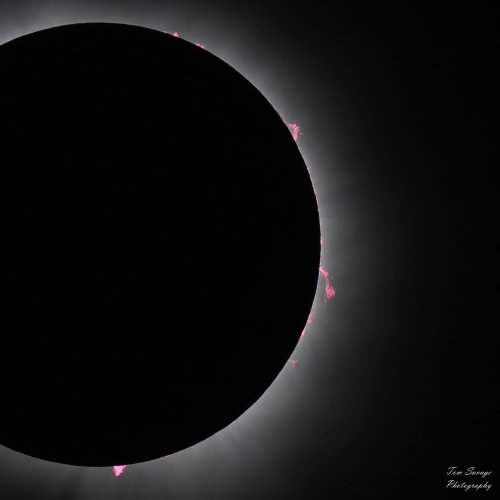I’ve been puzzled about this for a while now. I keep seeing people say that the 600mm pf is the successor to the 500mm pf, but that doesn’t seem right. The 500mm pf on the D500 has a reach of 750mm, so shouldn’t the 800mm pf with the Z8 or Z9 be the real successor?
On top of that, I’ve read a bunch of reviews that say the 800mm pf gets too long often time because of the atmospherics issues. Like, Hogan and Hill both mentioned it. And I’ve also heard that 800mm is too long a focal length for BIF because of its limited FOV, so I was under the impression that 800mm isn’t an every day focal length…. But isn’t the reach of 800mm on the Z8 or Z9 basically the same as the 500mm pf on the D500?
I got the 600mm pf thinking it would be more versatile, but now I’m not so sure. If we ignore the weight and cost, I’m wondering if the bigger aperture, better background rendering, and longer reach of the 800mm pf might be a better choice. Did I miss something about the MFD difference between the two?
I originally thought that when I need the 800mm+, I could just toggle to DX mode with the 600mm lens, and 20MP is plenty for me. That would make the 600mm pf on the Z8 or Z9 combo more versatile than having only the 800mm+ reach. But now I’m not so sure if the 600mm lens is too short a focal length to start with on a full-frame camera, especially since I only photograph small and large birds, not mammals, at least for now. If I decide to include mammals in my photography in the future, I might consider getting a 100-400mm lens to supplement the focal length coverage.
Thanks for reading and sharing your thoughts!
There's a lot to unpack here.... these are my thoughts as someone who has owned the 600PF and 800PF both multiple times, but never shot DLSR or with the 500PF.
People say the 600PF is the successor to the 500PF because they are both similar size, weight, apertures, and reach. The reason you don't view that comparison is because you're looking at a crop body DSLR and comparing to full frame mirrorless. If you could use both the 500/600PF on the same body (either FF or crop - not one of each) I think you would understand the comparison people are making.
800PF only gets too long if you are using it improperly. I am an expert in this field... I bought the 800PF expecting the longer focal length would give me added reach and let me shoot subjects at further distances than the 400TC/600TC - which could not be more wrong. The proper use of the 800PF is to magnify small subjects at close to medium distances. If you use the 800PF as intended - you will not have issues with atmospherics any more than you would with a 600PF, 500PF, etc.
While some people find tracking birds with 800mm to be difficult, I don't. When I shot Canon I regularly used focal lengths between 1200mm - 2240mm. Not that the images were any good, but I had no difficulty locating and tracking birds. I think the 800mm focal length, and especially the 800PF - are a great everyday combo.
If we ignore weight and cost - I'm picking the 800PF everyday. I find it to be a more enjoyable lens with a better focal length (for me). However, they are both roughly the same cost (used) but I do value size/weight highly - so I currently have the 600PF.
The MFD difference is not significant. 13.3' on the 600PF vs 16.4' on the 800PF. They both have the same aperture and similar background rendering. Reach is going to be your only benefit of going to the 800PF.
It's all going to come down to what you shoot, and how much you care about size and weight.
I have, at times, owned both the 600PF and 800PF together - and had use cases specific to each lens. Although very similar, they are still distinct enough to serve their own purposes.


